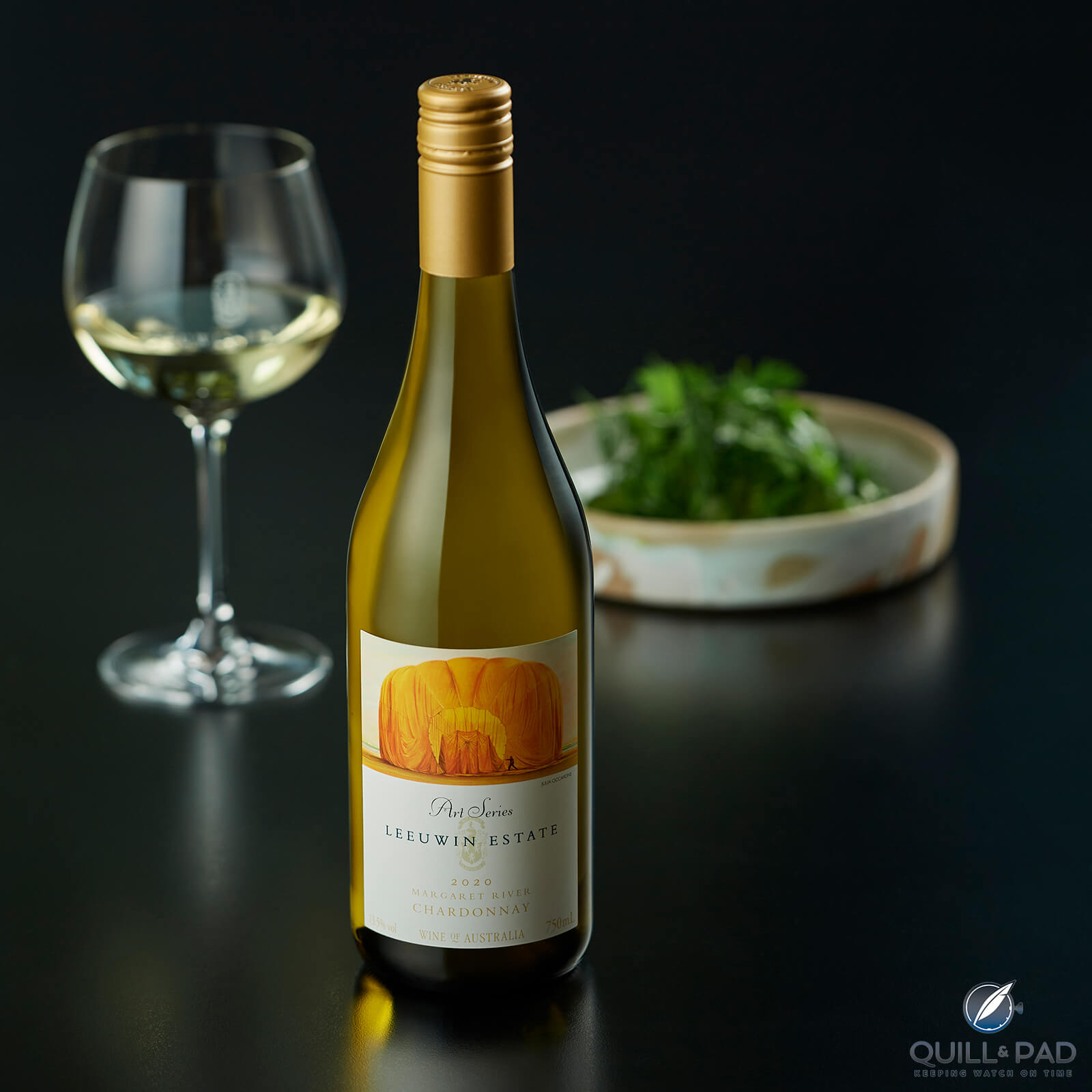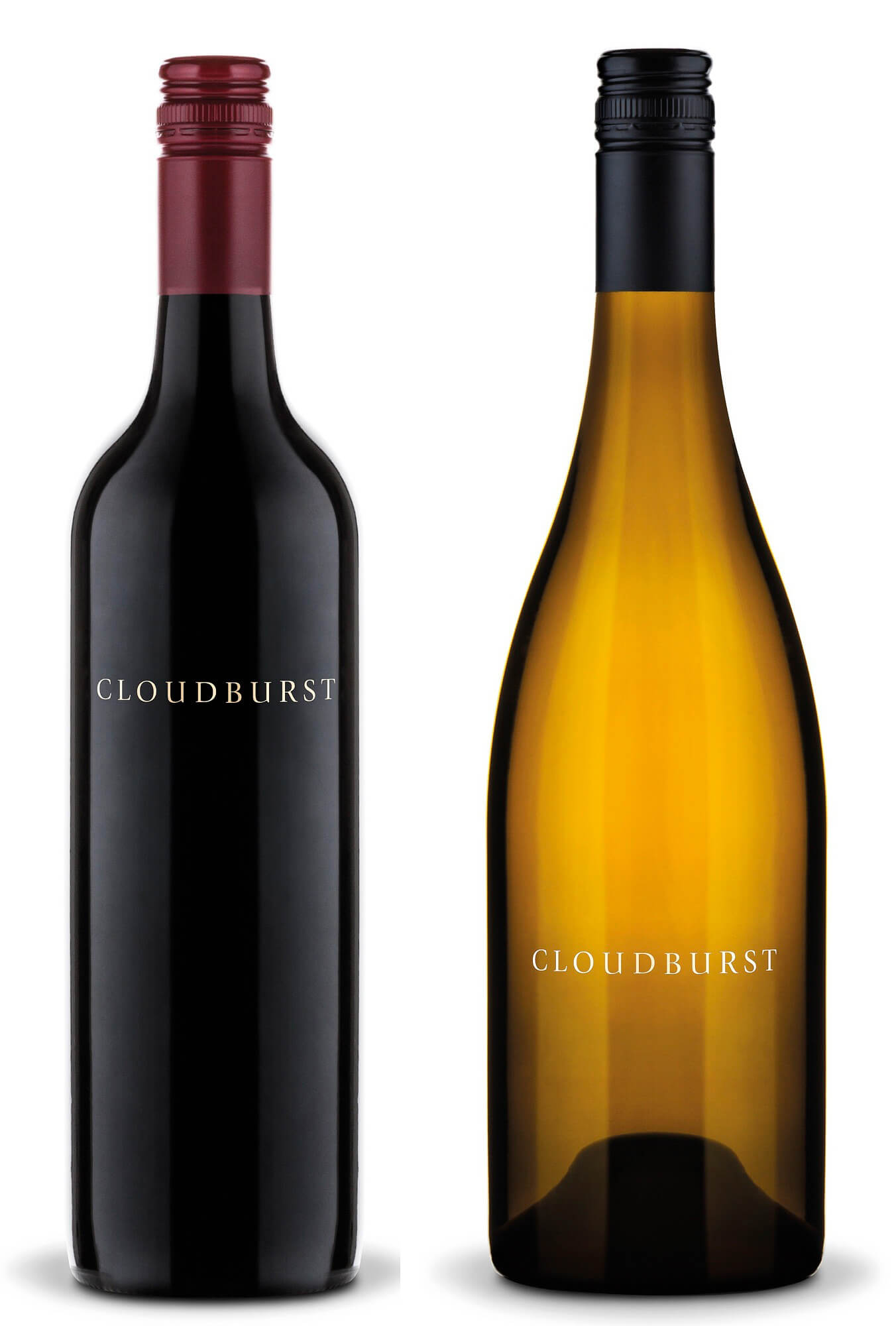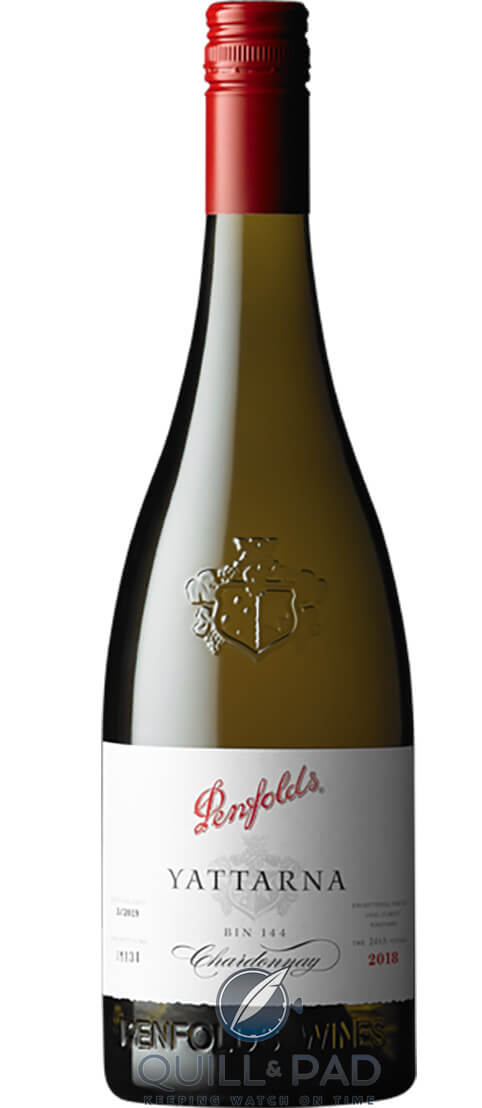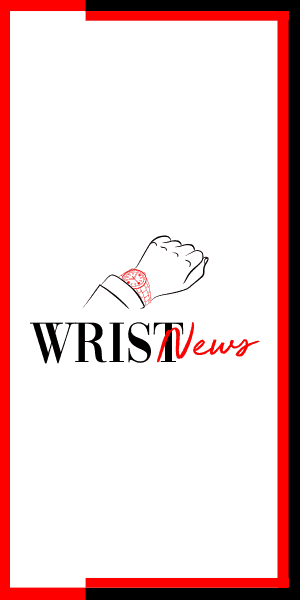Credits: Article and images by Ken Gargett @ Quill & Pad. See the original article here - https://quillandpad.com/2023/08/03/australian-chardonnay-the-judgment-of-paris-part-two-oz-edition/
———————————————————————————
We have seen wines from the impressive lunch/tasting events held irregularly by a friend, reported in Q&P, usually as they pertain to great Burgundy. He is always keen for an interesting theme, so I suggested grand cru level New World Chardonnay and Pinot Noir. I was interested to see if we could find some that sat alongside the best, but also on just how the group would respond. Not with flying colors, it would seem.
The group, I should stress, contains no one from France, so no blaming them or suggesting bias. This is all locals. There are, however, more than a few who have become somewhat entrenched in their views. Well before a bottle was opened, several had declared that the event would be nothing more than a parade of third level quality wannabees, which could never ever aspire to what we enjoy from Burgundy. Some felt it a waste of a lunch. Others were more than happy to look at it fairly.
The bottom line? The general consensus, with some firmly resolved never to give an inch to the New World pretenders while others were prepared to live in the real world, was that while we make some wonderful Pinot Noir – Bindi, Bass Phillip, Tolpuddle, Oakridge, Main Ridge, Mt Mary – coming from an array of regions – the Yarra Valley, Tasmania, Adelaide Hills, Macedon, Gippsland and counting – it is the Chardonnays where we come closer to the pinnacle.
But that in itself is a bone of contention. The concept of ‘come close’, suggests that the aim is always to make something replicating the style of white Burgundy. It isn’t and it shouldn’t be. Different terroir will always mean that the wines are different. That does not automatically make one better than another. Just different.
Yes, the great wines from Montrachet, Chevalier, Batard, Corton Charlemagne and other brilliant Grand Crus are as glorious as white wine can be. I don’t think anywhere in the world tops them. Given that their prices usually start in the low four figures and skyrocket from there, so they should be. It also does not mean that there are not plenty of overpriced and ordinary examples from the region.
The best of Australian Chardonnay differs from white Burgundy but can still be thrilling. Terroir brings about those differences – of course, definitions of exactly what is terroir vary. Does it include decisions made by winemakers? For me, absolutely. So everything from irrigate to non-irrigated vines; types of oak, new or aged and how long does the wine spend there; malolactic fermentation or not: a million other tiny decisions making a big difference.
If one was forced into a broad generalization, white Burgundy is more minerally, perhaps more concentrated, leaner with more intensity and precision, and a higher level of acidity. Of course, generalizations…


Leeuwin Estate Art Series Chardonnay 2020
Chardonnay stars in many regions these days but be careful of preconceptions. Californian Chardonnay is often thought to be big and buttery. Australian Chardonnay was once so dependent on oak that consumers were literally mistaking the taste of oak for that of the grape. The pendulum swung way back and we had lean, slightly minerally, laser-like examples where oak seemed non-existent. We seemed to have settled for a happy medium, these days, well balanced and with more stonefruit and tropical notes, with the oak largely in balance.
For me, the trick is to enjoy all styles. Why anyone would want to limit their experiences, and the potential pleasure it can offer, is beyond me.


Cloudburst Wines
In Australia, Margaret River might have a relatively short history but it is already ground zero for great Chardy (and Cabernet, but that is for another day). We have featured the wines from luminaries such as Cullen’s (undoubtedly one of the New World’s greatest Chardonnay producers, with the Kevin John series and their limited release wines), Cloudburst (much newer, smaller, harder to source and also more hit and miss – but when they hit, spectacular) and Leeuwin Estate who led the way for Chardonnay in this country for so long.
Other must-try Chardonnays from Margaret River in Western Australia are Pierro, Moss Wood, Vasse Felix (their Heytesbury Chardonnay sits with the very best in the land), Howard Park, Woodlands, Deep Woods and Fraser Gallop to name a few.
Outside Margaret River, we have many wonderful Chardonnays – Coldstream Hills Reserve, Mt Mary, Oakridge, Yering Station, Giant Steps (Yarra Valley); Ten Minutes by Tractor, Kooyong, Main Ridge, Paringa Estate, Prancing Horse, Yabby Lake (Mornington Peninsula); Curly Flat, Bindi (Macedon region), Tolpuddle, Freycinet, Dawson James, Dr Edge (Tasmania); Shaw & Smith M3, Tapanappa, Grosset (Adelaide Hills); and even Tyrrells Vat 47 from the Hunter Valley (I say, ‘even’ because the Hunter is seemingly an unlikely place for great Chardonnay and yet this one has been a star for decades); and we have only scratched the surface.
Allow me to highlight two which, in terms of sheer quality, sit with the world’s greatest. Personal preference (and in some cases, prejudices) may mean you would rather go with wines from the heart of Burgundy, and that is fair enough. What is indisputable is that the $100 to $200 you’ll pay for these two Aussies makes them infinitely better value than the $1,000 plus (and sometimes, plus, plus, plus) for great white Burgundy.
We have not touched on Chardonnay from the big boys. There are many, none more so than Penfold’s Yattarna.


Penfolds Yattarna Chardonnay 2018
What seems like eons ago now, but must have been only back in the 1090s, Penfolds got a little tired of being told that they were pretty good with reds but could not make a decent white to save themselves. So they set out to make Australia’s greatest white (whether they have achieved that is a matter of opinion, but the result, Yattarna, is certainly a superb wine).
During the development stage, Penfolds were as forthcoming with inside information as they always are – in other words, not at all – and so there was endless debate as to whether it would even be a Chardonnay. Many thought a Hunter Semillon or Clare Valley Riesling the more obvious choice, because these wines could not only age for many years but reach the highest level of quality, and because they were both so quintessentially Australian. But with so much of their market in the international realms, it had to be Chardonnay.
The first was the 1995, released in 1998. Over the years, the fruit for Yattarna has been sourced from all over – if memory serves, there was even a dollop of McLaren Vale Chardy in that first one. These days, Tasmania, Tumbarumba and the Adelaide Hills usually provide the fruit, or at the very least, the vast majority of it. So, what is immediately evident is that this takes it away from almost all the other wines we have mentioned, from anywhere. They tend to be single vineyard wines. Yattarna is not even a single region wine.
The word ‘Yattarna’, means ‘little by little’, and it reflected how Penfold’s developed the wine, and by which continue to look for tiny improvements. The wine is sub-titled ‘Bin 144’ (Penfolds do like to give their wines bin numbers) as there were 144 attempts at blends before they originally got it right.
No question that a truly great vintage throughout so many Australian regions, 2021, gave this wine every opportunity to stand up. And that is exactly what it has done. For me, the best Yattarna yet released. For the record, it saw nine months in French oak barriques, 70% of which were new.
———————————————————————
Credits: Article and images by Ken Gargett @ Quill & Pad. See the original article here - https://quillandpad.com/2023/08/03/australian-chardonnay-the-judgment-of-paris-part-two-oz-edition/











